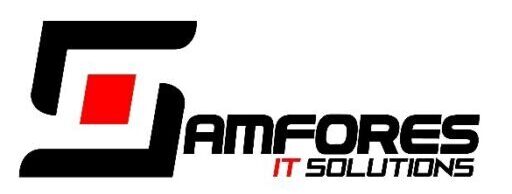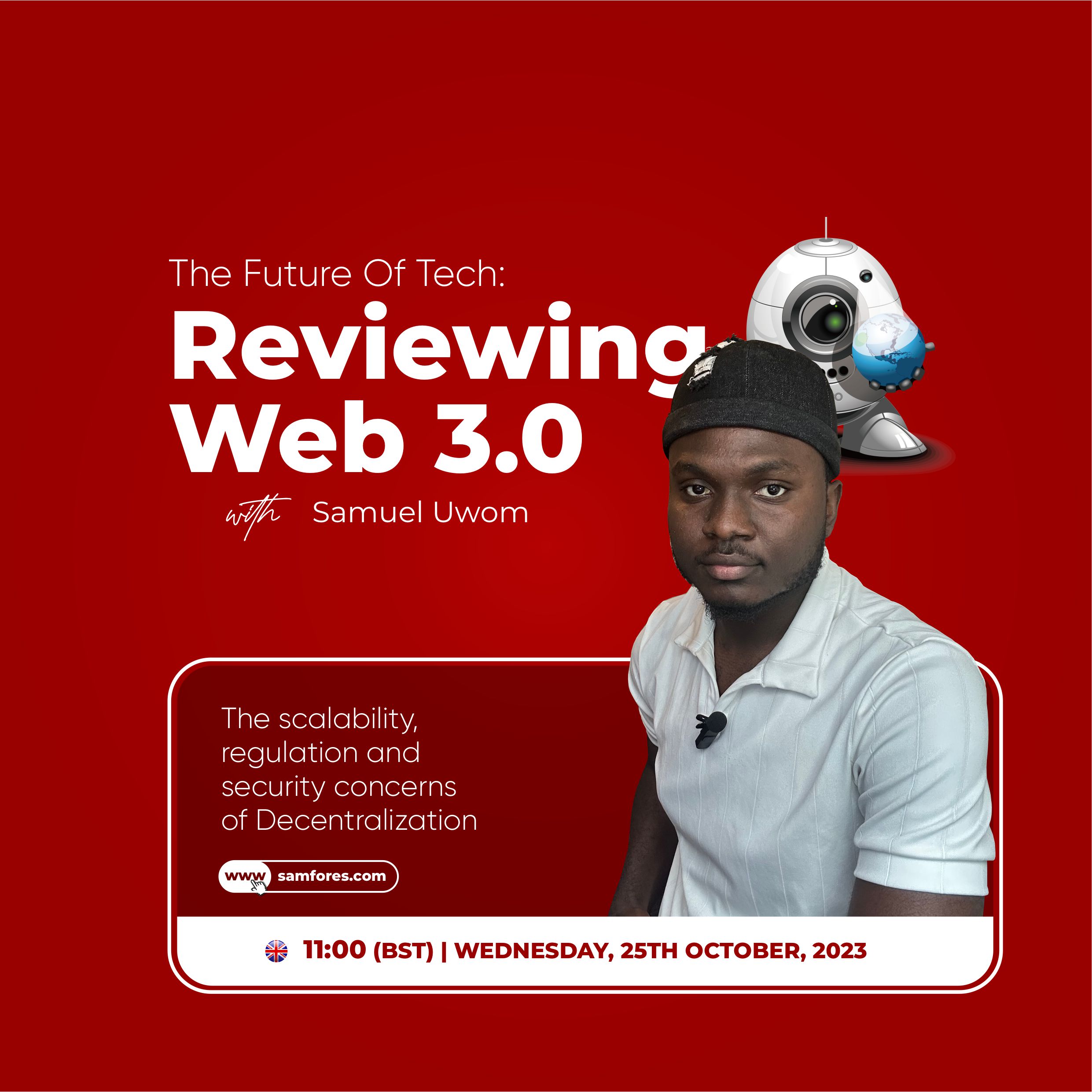Web 3.0 and its Effect on the Future of Tech
The World Wide Web has come a long way since its inception. From the early days of static web pages (Web 1.0) to the era of dynamic content and user-generated interactions (Web 2.0), the internet has continually evolved. Today, we find ourselves at the cusp of another significant transformation: Web 3.0. In this blog post, we’ll explore the concept of Web 3.0 and its profound effects on the future of technology.
The Evolution of the Web
Before we dive into the future, let’s take a moment to reflect on how we got here.
Web 1.0: This was the rudimentary era of the web. Think of it as an online brochure – static web pages with limited interactivity.
Web 2.0: The advent of Web 2.0 revolutionized the internet. It introduced dynamic content, social media, and user-generated content. This era transformed the way we interacted online and set the stage for the social, collaborative web we know today.
Now, let’s turn our attention to Web 3.0.
Understanding Web 3.0
Web 3.0 represents the next step in the evolution of the internet. It is an idea of the what the Web would develop into. It is all about decentralization, and it is underpinned by blockchain technology, which creates an environment where individuals have more control over their data and interactions.
Decentralization and Trust
In Web 3.0, the emphasis is on decentralization. Traditional models where a single entity or organization controls the flow of data and information are challenged. Instead, Web 3.0 is built on a distributed ledger, such as the blockchain, where control is decentralized. This shift in control has significant implications for trust, privacy, and security. Individuals have more ownership and autonomy over their online experiences.
Decentralized Applications (DApps)
One of the key features of Web 3.0 is the rise of decentralized applications or DApps. These applications are not controlled by a single entity, but by the collective power of the network. They offer increased security, privacy, and transparency, making them attractive alternatives to traditional, centralized applications.
The Impact on Technology
Now, let’s delve into how Web 3.0 is shaping the future of technology.
- Data Ownership: With Web 3.0, data ownership shifts from tech giants to individuals. This gives users more control over their personal information and online activities, paving the way for enhanced privacy.
- Finance and Cryptocurrencies: Web 3.0 facilitates the Internet of Value, enabling seamless asset transfers without intermediaries, leading to decentralized finance (DeFi), allowing users to bypass traditional financial institutions. Cryptocurrencies and non-fungible tokens (NFTs) are just the beginning of the transformation in how we exchange value.
- Immersive Experiences: Web 3.0 opens the door to immersive, decentralized virtual worlds and augmented reality experiences. It will redefine how we interact with digital content and online spaces.
- Artificial Intelligence: AI will thrive in a more data-rich, semantically structured environment, improving its ability to understand and assist users.
- Domain Extensions: It will be an end in the era of common domain suffixes like .com or .org as users will go for more personalised naming like “samuel.uwom” or “john.doe” etc. I strongly believe their will be a boom in personalised domain naming from the traditional and conventional domain naming.
Challenges and Opportunities
While Web 3.0 offers tremendous promise, it also presents challenges. Scalability, regulatory concerns, security issues and user adoptions are among the hurdles that must be addressed. However, the opportunities are equally monumental.
The potential for a more democratized internet, the integration of blockchain in various industries, and the reimagining of how we conduct business are just the tip of the iceberg.
Conclusion
In conclusion, Web 3.0 is poised to redefine the future of technology. It ushers in an era of decentralization, security, and individual empowerment. It’s a future where the web is truly for the people, by the people.
As we stand on the precipice of this exciting transformation, we should keep exploring the frontiers of technology. The journey into Web 3.0 promises to be an exhilarating one, and the possibilities are endless.
If you found this blog post informative, don’t hesitate to share it with others who are curious about the future of technology. And as always, stay tuned for the latest developments in the ever-evolving landscape of the internet.
AUTHOR: SAMUEL UWOM
Marine Engineer | Software Developer | Graphic Designer | Technical Writer.
Samuel Tolanemugh Uwom is a certified Marine Engineer from Rivers State University, Nigeria. He is and experienced media personnel with years of experience and the lead content creator at No Limit TV; a Media Company and subsidiary of No Limit Media Production. He has worked with several SME’s and multinational agencies on Media and Tech projects. He has developed numerous software solutions which spans desktop, web, mobile and embedded systems.
In 2018, he founded Samfores Information and Technology Services (SITS), a software development firm empowering African businesses with the needed Tech solutions to enable them dominate the next industrial revolution.
Samuel is passionate about developing Africa which has seen him co-found Beamer Africa (2020); a brand showcasing African creativity in Arts and Entertainment, and a co-pioneer at TIVA Groups (2021); a non-Profit Organization aimed at powering positive social change globally.




Nice one bro..Congratulations
This is really amazing